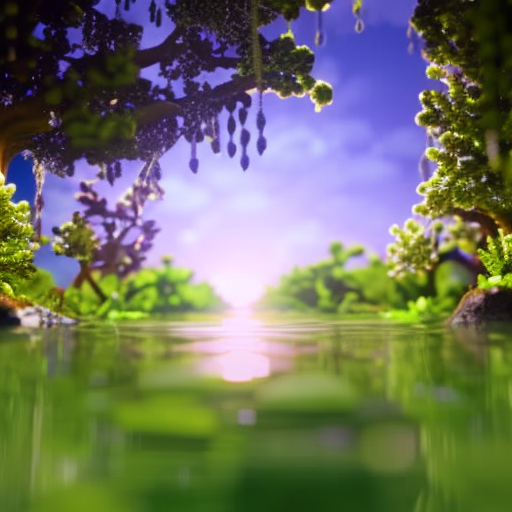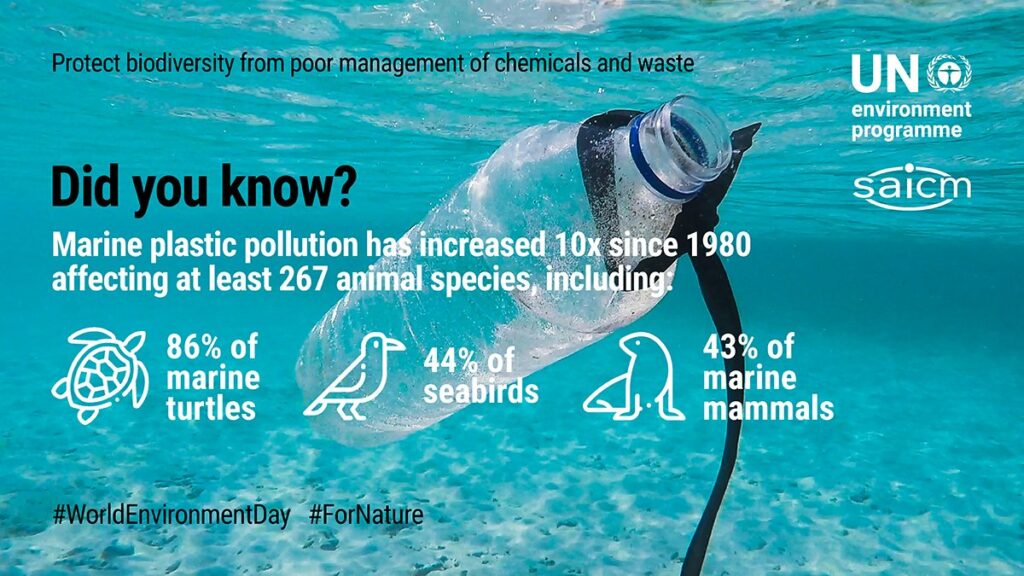
The Florida Department of Environmental Protection
The Florida Department of Environmental Protection (FDEP) serves as the primary agency responsible for environmental management and stewardship in the state. FDEP’s core mission is to protect and preserve Florida’s air, water, and land resources. By doing so, FDEP aims to create a sustainable future for the state and its residents.
Vision
FDEP envisions a future where strong community partnerships are formed to collectively address environmental challenges. By working together, these partnerships will effectively safeguard Florida’s natural resources and enhance its ecosystems. FDEP recognizes the importance of collaboration and engagement to achieve long-term environmental sustainability.
Sustainable Development Goals (SDGs)
FDEP aligns its efforts with the United Nations’ Sustainable Development Goals (SDGs), a set of global targets aiming to address pressing environmental, social, and economic issues. By incorporating the SDGs into its work, FDEP contributes to the global agenda for sustainable development while addressing local challenges specific to Florida.
- Goal 6: Clean Water and Sanitation – FDEP works towards ensuring the availability and sustainable management of water resources in Florida, promoting clean water for all residents.
- Goal 11: Sustainable Cities and Communities – FDEP collaborates with communities to develop sustainable urban environments that prioritize environmental protection and enhance quality of life.
- Goal 13: Climate Action – FDEP takes action to combat climate change and its impacts by implementing strategies to reduce greenhouse gas emissions and increase resilience.
- Goal 14: Life Below Water – FDEP protects and restores marine and coastal ecosystems, preserving biodiversity and promoting sustainable use of marine resources.
- Goal 15: Life on Land – FDEP works towards conserving and restoring terrestrial ecosystems, protecting endangered species, and promoting sustainable land use practices.
FDEP’s commitment to the SDGs demonstrates its dedication to creating a sustainable and resilient future for Florida. By addressing these goals, FDEP contributes to the overall well-being of the state’s environment, economy, and communities.
SDGs, Targets, and Indicators
1. SDGs addressed or connected to the issues highlighted in the article:
- SDG 6: Clean Water and Sanitation
- SDG 14: Life Below Water
- SDG 15: Life on Land
2. Specific targets under those SDGs based on the article’s content:
- SDG 6.3: By 2030, improve water quality by reducing pollution, eliminating dumping, and minimizing release of hazardous chemicals and materials.
- SDG 14.1: By 2025, prevent and significantly reduce marine pollution of all kinds, particularly from land-based activities, including marine debris and nutrient pollution.
- SDG 15.1: By 2020, ensure the conservation, restoration, and sustainable use of terrestrial and inland freshwater ecosystems and their services.
3. Indicators mentioned or implied in the article:
- Water quality improvement: The article mentions the Florida Department of Environmental Protection’s role in protecting water resources, indicating a focus on improving water quality.
- Marine pollution prevention: The agency’s vision of safeguarding Florida’s natural resources implies efforts to prevent marine pollution.
- Conservation and restoration of ecosystems: The vision also includes enhancing ecosystems, indicating a focus on conserving and restoring terrestrial and inland freshwater ecosystems.
Table: SDGs, Targets, and Indicators
| SDGs | Targets | Indicators |
|---|---|---|
| SDG 6: Clean Water and Sanitation | 6.3: By 2030, improve water quality by reducing pollution, eliminating dumping, and minimizing release of hazardous chemicals and materials. | Water quality improvement |
| SDG 14: Life Below Water | 14.1: By 2025, prevent and significantly reduce marine pollution of all kinds, particularly from land-based activities, including marine debris and nutrient pollution. | Marine pollution prevention |
| SDG 15: Life on Land | 15.1: By 2020, ensure the conservation, restoration, and sustainable use of terrestrial and inland freshwater ecosystems and their services. | Conservation and restoration of ecosystems |
Copyright: Dive into this article, curated with care by SDG Investors Inc. Our advanced AI technology searches through vast amounts of data to spotlight how we are all moving forward with the Sustainable Development Goals. While we own the rights to this content, we invite you to share it to help spread knowledge and spark action on the SDGs.
Fuente: floridadep.gov

Join us, as fellow seekers of change, on a transformative journey at https://sdgtalks.ai/welcome, where you can become a member and actively contribute to shaping a brighter future.






